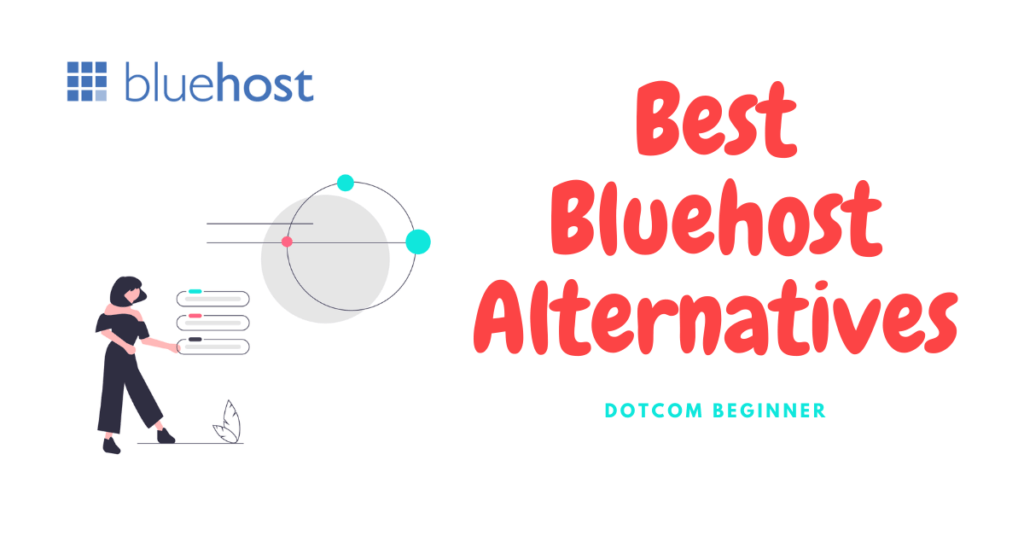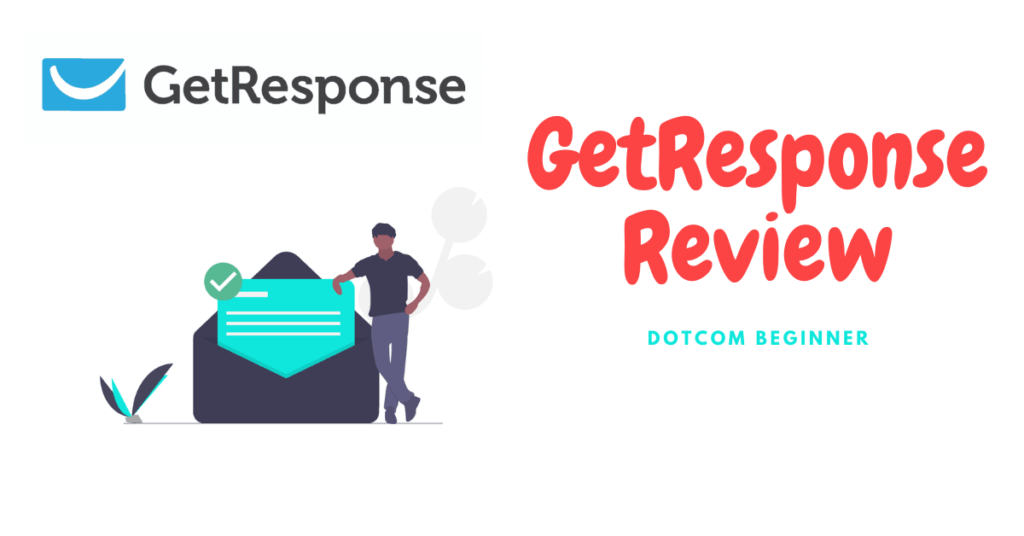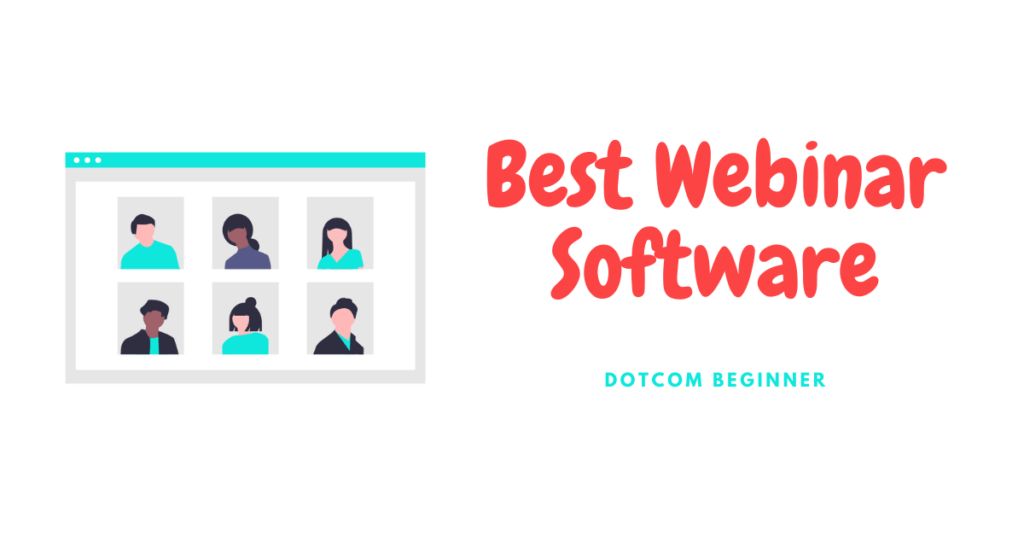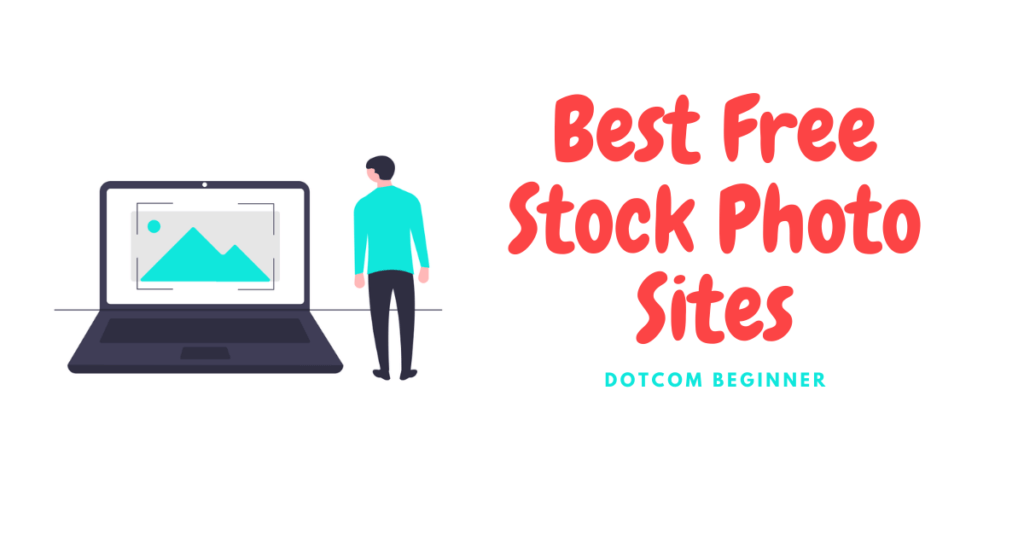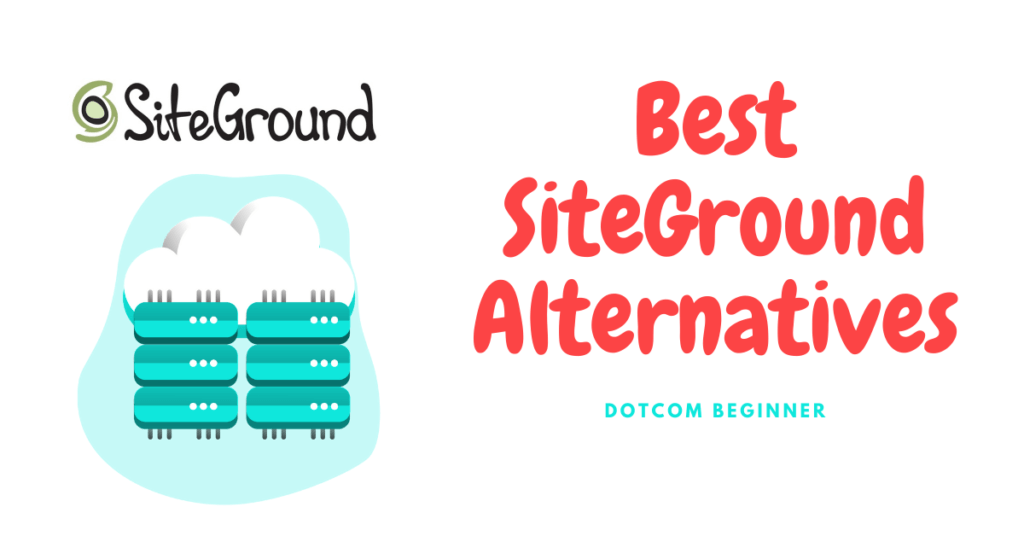Last Updated on January 12, 2023
Are you considering starting a dropshipping business but don’t know where to begin? Look no further. In this comprehensive guide, we’ll walk you through the steps to launching a successful dropshipping venture.
But first, let’s define exactly what dropshipping is. Essentially, it’s a model of e-commerce in which you sell products without actually holding any inventory. When a customer places an order, the supplier ships the product directly to the customer on your behalf, and this means you can get started with minimal investment and without the overhead of warehousing and shipping.
Starting a dropshipping business in 2023 can be a lucrative and low-risk way to enter the world of e-commerce. With dropshipping, a store doesn’t keep the products it sells in stock. Instead, when a store sells a product, it purchases the item from a third party and has it shipped directly to the customer. This means that the store owner doesn’t have to worry about managing inventory, warehousing, or fulfillment, making it a great option for those looking to start an online business with minimal upfront investment.
We’ll talk about everything in this blog post, from finding a niche and researching product demand to picking the right dropshipping platform and setting up your online store. We’ll also talk about ways to get people to your site and make your first sale and how to upsell, cross-sell, and add new products and suppliers as your business grows and gets bigger.
By the end of this guide, you’ll have a solid plan in place to launch your own dropshipping empire. So if you’re ready to start your own business and take control of your financial future, keep reading. We can’t wait to see what you accomplish!
🌟 Benefits of starting a dropshipping business
There are many benefits to starting a dropshipping business. Starting a dropshipping business is a low-risk way to enter the world of e-commerce. One of the main advantages of dropshipping is the low overhead costs. When you don’t have to worry about purchasing inventory upfront or renting warehouse space, you can start a dropshipping business with very little capital. This is especially appealing for those who are just starting out and don’t have a lot of money to invest in their business.
On the other hand, traditional retail models often require a big investment upfront to buy inventory and set up a storefront or warehouse. This can be a significant barrier to entry for those who are just starting out or don’t have a lot of capital to invest.
However, with dropshipping, you can start your business by simply setting up an online store and partnering with a supplier or manufacturer who will handle fulfillment for you. This means that you can get your business up and running with minimal upfront investment.
In addition, since you don’t have to manage inventory or fulfillment, you can focus your time and resources on other areas of your business, such as marketing and promotion. This can help you grow your business faster and more efficiently without having to invest as much money upfront.
Overall, the low overhead costs of starting a dropshipping business make it an attractive option for those who are just starting out or who don’t have a lot of capital to invest.
Step 1: Research and validate your product idea
After deciding to start a dropshipping business, the first step is to research product ideas and identify a niche. Having a niche helps focus efforts on a specific area of the market and target a specific group of customers, making it easier to stand out in a crowded market and differentiate your business from competitors. There are several strategies for finding a niche and identifying market demand.
- Identify a niche: The first step in starting a dropshipping business is to determine which market segment you will serve. This could be a particular product category, such as outdoor gear or pet supplies, or it could be a specific demographic, such as young professionals or new parents. When choosing a niche, consider factors like the potential demand for the products, the market competition, and the niche’s potential profitability.
- Research demand for the product: Once you have identified a niche, the next step is to research the demand for the products you plan to sell. This can be done through tools such as Google Trends, keyword research tools, and social media analytics. You can also use market research firms to understand consumer behavior and demand patterns better. Understanding demand for your products will help you gauge the potential success of your business and make informed decisions about what products to offer.
- Find possible suppliers: Once you’ve found a niche and looked into the demand for your products, it’s time to find possible suppliers. This can be done through directories, trade shows, and online marketplaces. When choosing a supplier, you should think about things like the quality of their products, how much they cost, how long it takes to get products from them, and their reputation. Make sure to also check if the supplier offers dropshipping as a fulfillment option.
Step 2: Choose a dropshipping platform
There are several platforms that can be used to set up a dropshipping business, including Shopify, WooCommerce, and BigCommerce. Each platform has its own unique features and benefits, so it’s important to consider your specific needs and goals when selecting one. When choosing a platform, you should think about how easy it is to use, how much it costs, how many integrations it has, how flexible it is, and how good the customer service is.
Shopify is a full-featured e-commerce platform with a lot of tools and features for building and running an online store. It works well for small and medium-sized businesses and is known for how easy it is to use and how many things it can connect to.
WooCommerce is an open-source e-commerce platform built on top of WordPress. It is used by many small and medium-sized businesses and can be changed in many ways by using plugins and extensions. It also works with WordPress, so you can make a blog, website, or online store in addition to an online store.
BigCommerce is a platform that can grow your business. It has many features that can be used by businesses of all sizes. It offers a wide range of integrations with popular tools and services.
Factors to consider when selecting a platform: When choosing a platform for your dropshipping business, there are several factors you should consider. These include:
- Ease of use: You should choose an easy-to-use and navigate platform, especially if you are new to eCommerce.
- Fees: Different platforms charge different fees for their services. You should consider the platform’s overall cost, including any transaction fees and monthly or annual fees.
- Integrations: It’s important to choose a platform that integrates with the tools and services you need to run your business, such as payment gateways, email marketing software, and shipping carriers.
- Customization options: Depending on your needs, you may want to choose a platform that offers a wide range of customization options, such as the ability to add custom plugins or themes.
- Support: Make sure to choose a platform that offers good customer support in case you have any questions or issues along the way.
Step 3: Set up your online store
One of the key steps in starting a dropshipping business is setting up your online store. To do this, you need to choose an e-commerce platform, register your business, get the licenses and permits you need, and design and brand your store.
- Choose a domain name and hosting provider: After selecting a platform for your dropshipping business, you’ll need to choose a domain name and hosting provider. The domain name is the web address that customers will use to find your store, and it should be unique and easy to remember. A hosting provider is a company that provides the necessary infrastructure and support to keep your website up and running. When choosing a hosting provider, consider reliability, speed, and security factors.
- Design and customize your store: After selecting a domain name and hosting provider, it’s time to design and customize your store. This includes choosing a layout and color scheme, adding branding elements like a logo, and setting up navigation and menus. Consider adding features such as customer reviews and social media integration to make your store more appealing to customers.
- Add products and create product pages: With your store set up, you can start adding products and creating product pages for them. This includes adding product images, descriptions, and pricing information and setting up options such as sizes and colors, if applicable. Consider adding related products and cross-selling opportunities to encourage customers to purchase more.
Step 4: Generate traffic to your store
Effective marketing and promotion are essential for the success of your dropshipping business. Search engine optimization (SEO) and paid advertising on sites like Google AdWords and Facebook Ads can help bring people to your store and get the word out about your products.
- SEO best practices for eCommerce: Search engine optimization (SEO) is a key method for generating traffic to your dropshipping store. Optimizing your website and its content can improve your ranking in search engine results and attract more organic traffic. To improve your SEO, follow best practices such as optimizing your titles and descriptions, using relevant keywords, and creating high-quality, engaging content.
- Paid advertising options: In addition to SEO, you can also use paid advertising methods to drive traffic to your store. Options include Google Ads, social media ads, and retargeting ads. Consider your budget, target audience, and goals when choosing which paid advertising options to use.
- Content marketing strategies: Content marketing is another effective way to generate traffic to your store. This involves creating and sharing valuable, relevant, and consistent content in order to attract and retain a defined audience. Some content marketing strategies for eCommerce businesses include blogging, email marketing, and social media marketing.
Step 5: Make your first sale
Now it’s time to make your first sale. And in order to do that, you need to set up payment gateways that are widely used by the majority of your customers.
- Setting up payment gateways: To accept payments from customers, you’ll need to set up a payment gateway. This is a service that processes online payments and allows customers to pay for their purchases using a credit card or other online payment method. There are several payment gateway options available, so choose one that is compatible with your dropshipping platform and meets the needs of your business.
- Processing and fulfilling orders: Once you have a payment gateway set up, you can start processing and fulfilling orders as they come in. This involves verifying the order, checking availability with the supplier, and arranging for the product to be shipped to the customer. Providing good customer service and communication throughout the process will help ensure a positive experience for the customer.
Step 6: Fulfilling orders and managing your business
Effective management is crucial for the success of your dropshipping business. This includes keeping track of inventory, placing orders with suppliers, dealing with customer service and returns, and planning for growth.
Proper inventory management is essential as you don’t have physical inventory. Keep track of popular products and make sure you have enough stock to meet demand. It’s also important to place orders with suppliers as soon as possible so that customers get their orders on time.
Providing excellent customer service is important for building trust and loyalty. This includes responding to customer inquiries and handling complaints and returns.
As your business grows, it’s important to have the plan to expand your product line, enter new markets, and increase marketing efforts. You can ensure smooth operations and continued success by effectively managing your business.
Step 7: Grow and scale your business
- Upselling and cross-selling techniques: As your dropshipping business grows, consider implementing upselling and cross-selling techniques to increase sales and customer loyalty. Upselling involves encouraging customers to purchase a higher-priced or upgraded version of the product they are interested in, while cross-selling involves recommending related or complementary products.
- Adding new products and suppliers: Another way to grow your business is by adding new products and suppliers to your offerings. This can help to keep your store fresh and relevant and can also diversify your income streams. When adding new products, make sure to do your research and ensure that there is demand for the products and that they align with your brand and target audience. When adding new suppliers, thoroughly vet them to ensure they are reliable and offer high-quality products.
- Automation tools: As your business grows, you may find that you need to automate certain tasks in order to scale effectively. Automation tools such as inventory management systems, order fulfillment software, and email marketing platforms can help streamline your operations and save time and effort. This will allow you to focus on growing and improving your business.
✍🏽 Conclusion
In summary, starting a dropshipping business is a great way to enter the e-commerce industry with minimal upfront investment. By following the steps outlined in this guide, you can set yourself up for success and create a profitable business. This includes researching and testing your product idea, choosing a dropshipping platform, setting up your online store, getting traffic, making your first sale, and growing and scaling your business. With the right strategies and tools, you can build a successful dropshipping empire and take control of your financial future. So don’t wait—start your journey toward entrepreneurship today!

